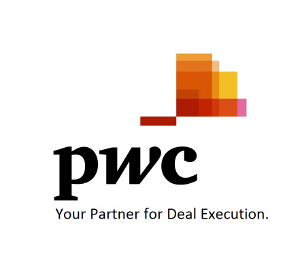Renewable Energy Review: China
19 january 2013
Developers, manufacturers, investors and other renewable energy industry stakeholders need to know where the next big market is going to be so that they can adjust their business decisions accordingly.
Since 2003, global consultancy Ernst & Young has released its Country Attractiveness Indices, which gives a numerical ranking to 30 global renewable energy markets by scoring renewable energy investment strategies and resource availability. The indices are updated on a quarterly basis and the most recent report can be found here.
Here is the firm’s assessment of China.
Solar Sector Changes Direction
Despite battling excess supply and the knock-on impact of the global economic downturn on international markets, Q3 saw significant activity across China’s solar sector. However, this is not the supply chain-driven growth of the last five years, but a new dawn for the world’s largest solar manufacturing economy. That the country is seeking to expand its domestic solar demand to deal with oversupply and falling prices has become well-known, but Q3 has shown that the Government is willing to practise what it preaches in terms of implementing policy.
Q3 saw the National Energy Administration rubberstamp the country’s new and ambitious solar capacity targets of 21 GW by 2015 and 50 GW by 2050, although some market commentators are speculating this could rise further to 30 GW and 100 GW respectively based on the current rate of growth alone.
The quarter also saw explicit signs that market consolidation is the Government’s primary strategy for dealing with oversupply and boosting domestic projects. The China Development Bank (CDA) renewed a pledge to support 12 solar companies but said that lending to other companies, especially those seeking to expand manufacturing capacity, would be strictly controlled. Indeed, a number of the top ten manufacturers were not included in the initial list of those eligible for priority funding, although the full list has not yet been disclosed. As part of this consolidation, the CDA will also support the acquisition of smaller companies by larger ones.
A report published in October by GTM research estimated that around 180 solar module manufacturers globally would fall victim to the industry’s consolidation efforts by 2015, around 54 of which would be Chinese. This is based on an assessment of the market’s “solar zombies,” defined as those companies manufacturing less than 300 MW of capacity per annum and that have relied on generous subsidies from China’s Government.
Perhaps the starkest evidence of the Government’s intention to shift support toward developers and away from solar panel manufacturers, has been the extension by the CDA of a US$1.6 billion(€1.2 billion) credit line to Sky Solar Holdings — a Shanghai-based PV power developer. The credit facility, which could cover equity, debts, loans, leasing, bonds, and securities, is further evidence that the bank will prioritize financing to project development, construction and asset management.
However, while this period of consolidation aims to stabilize the country’s solar sector and therefore has the potential to create a medium-to long-term growth platform, it is also forcing
Chinese manufacturers and investors to look elsewhere. This year has already seen significant activity by Chinese companies in Africa and South America.
Distributed Solar PV Gets a Boost
There was a plethora of good news for the country’s distributed solar sector in Q3. The National Energy Administration intends to raise targets for distributed PV (also known as “off-grid” or “self-generation”) and has already announced a decree requiring each province to build 500MW of capacity. This is expected to increase overall PV installations in the country by more than 15GW.
In October, the State Grid Corporation of China announced that it would provide free grid connection for distributed PV projects less than 6 MW from November 2012 onward. The Government is also planning to introduce subsidies for distributed solar projects of up to CYN0.6 (€0.07)/MWh.
Trade Wars Continue
China’s Ministry of Commerce announced in early November that it has launched an investigation into whether EU companies have been selling polysilicon at unfairly low prices and receiving illegal subsidies. The action follows a series of complaints by EU solar manufacturers against Chinese rivals earlier in Q3, which has led to official anti-dumping and anti-subsidy investigations being undertaken by the EC. The EC now has nine months to decide on whether to impose provisional anti-dumping duties for half a year and governments have 15 months to decide whether to apply “definitive” levies for five years.
Q3 also saw interesting developments in the ongoing trade war between China and the US. The World Trade Organization has agreed to launch an investigation by an international panel following complaints by China that anti-dumping tariffs imposed by the US on Chinese solar panels contravened trade rules.

Recent Comments